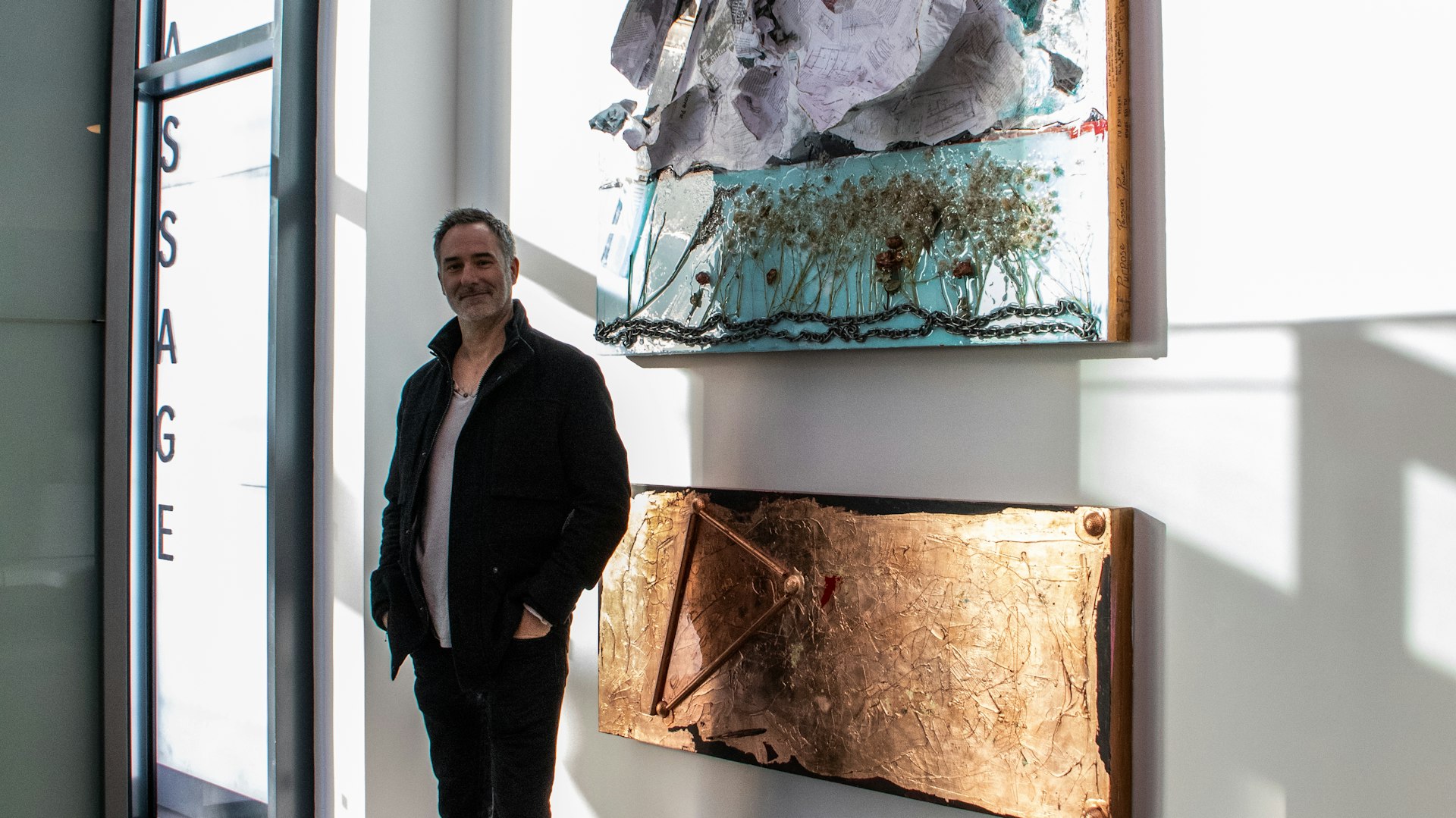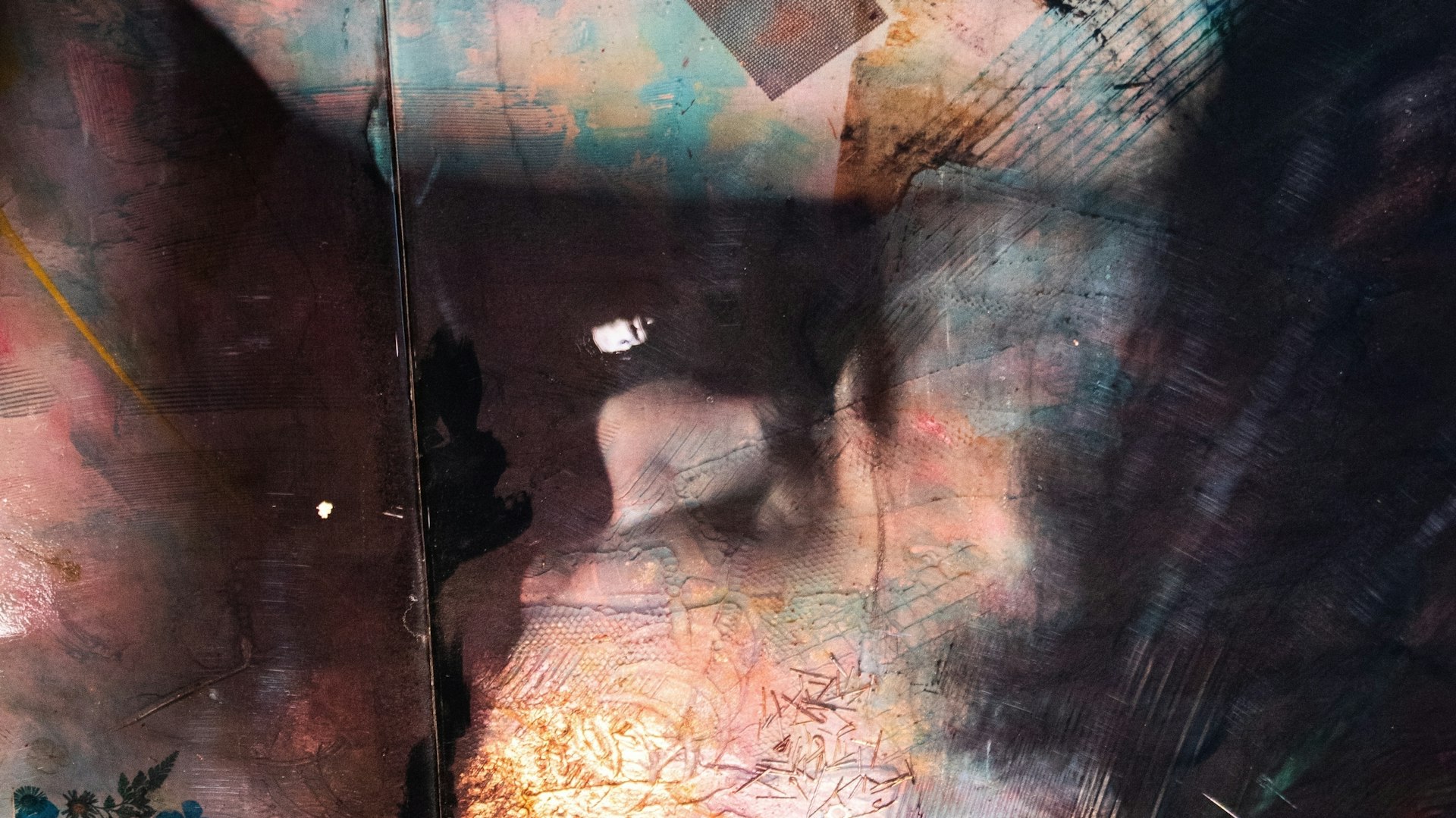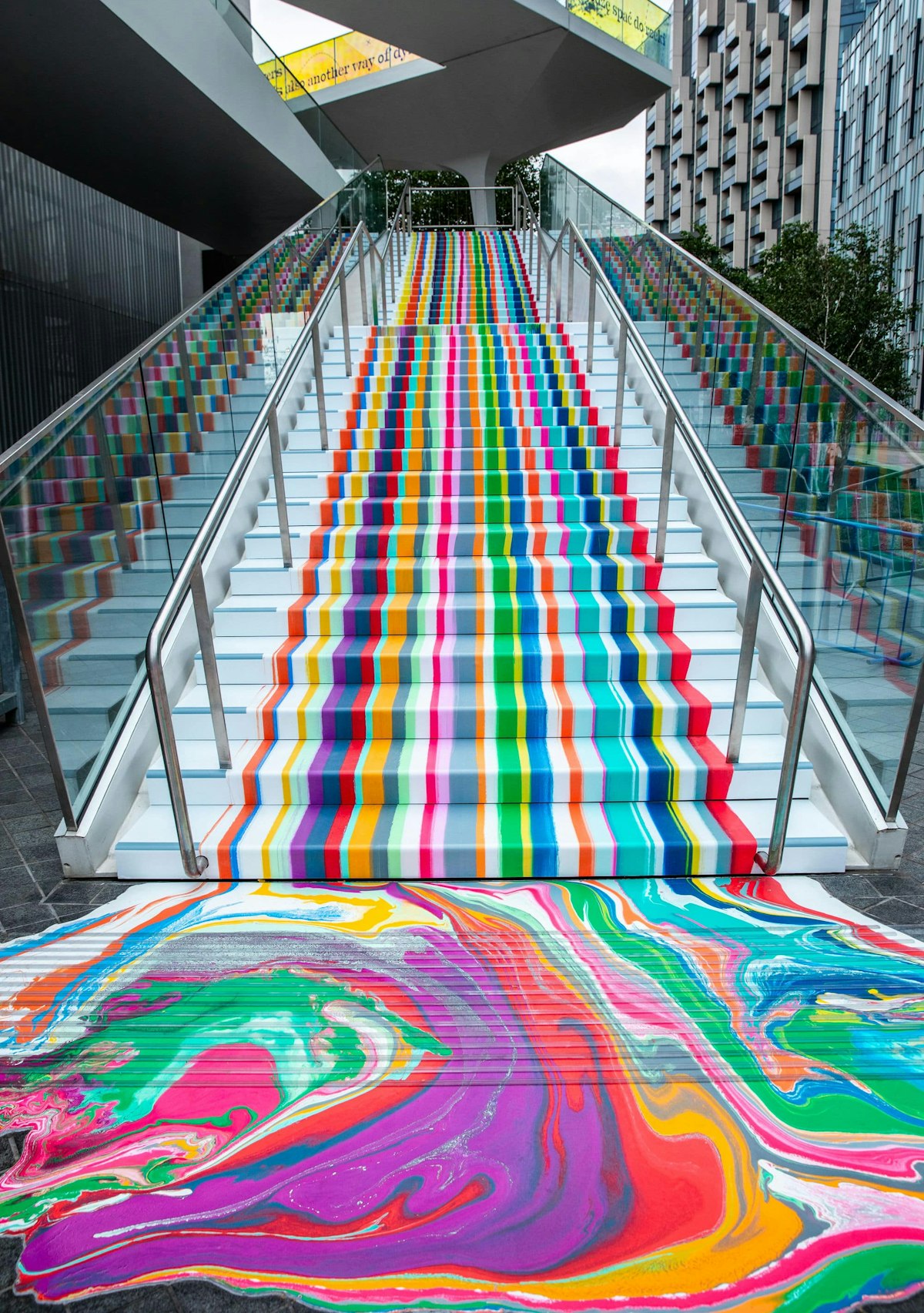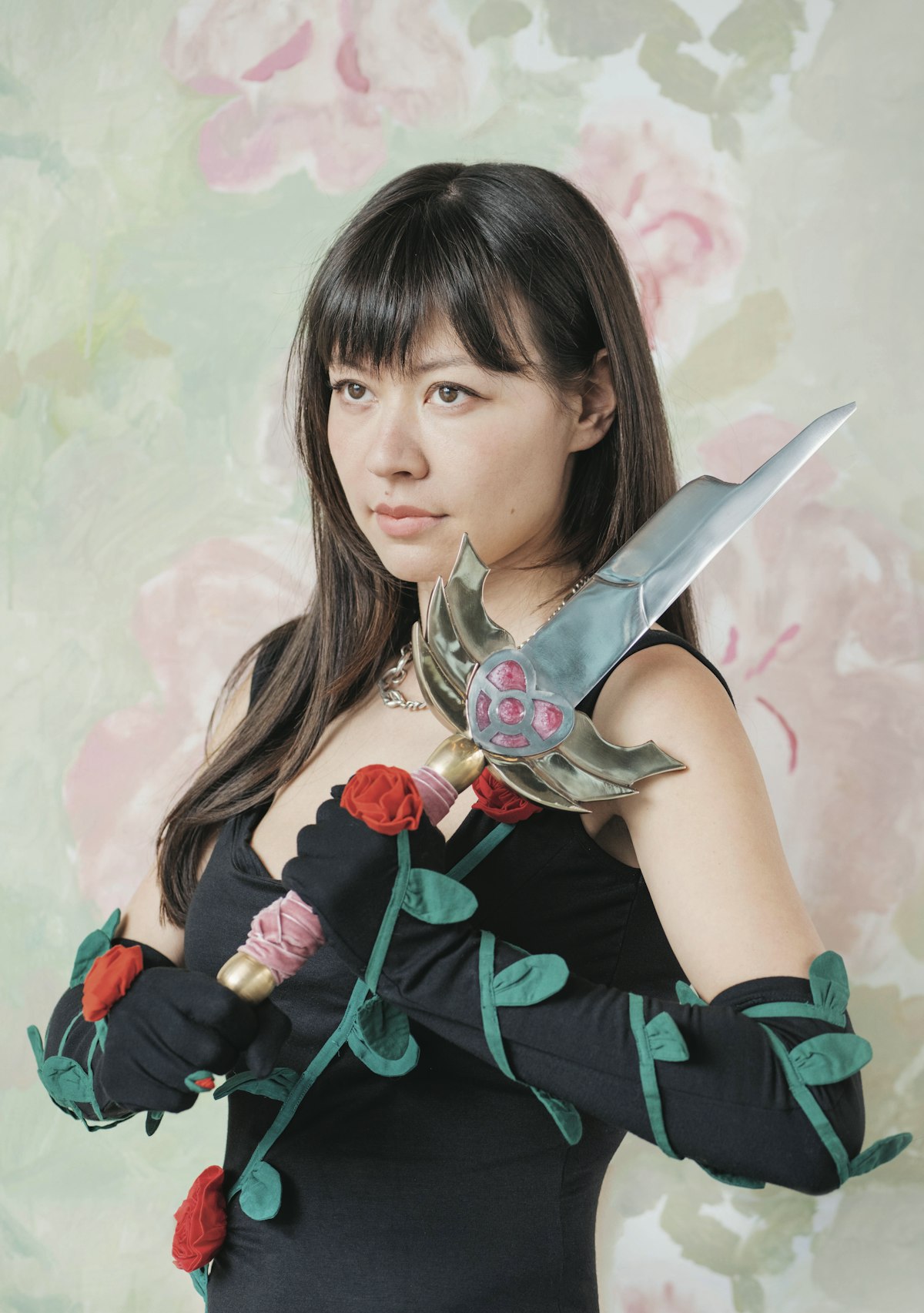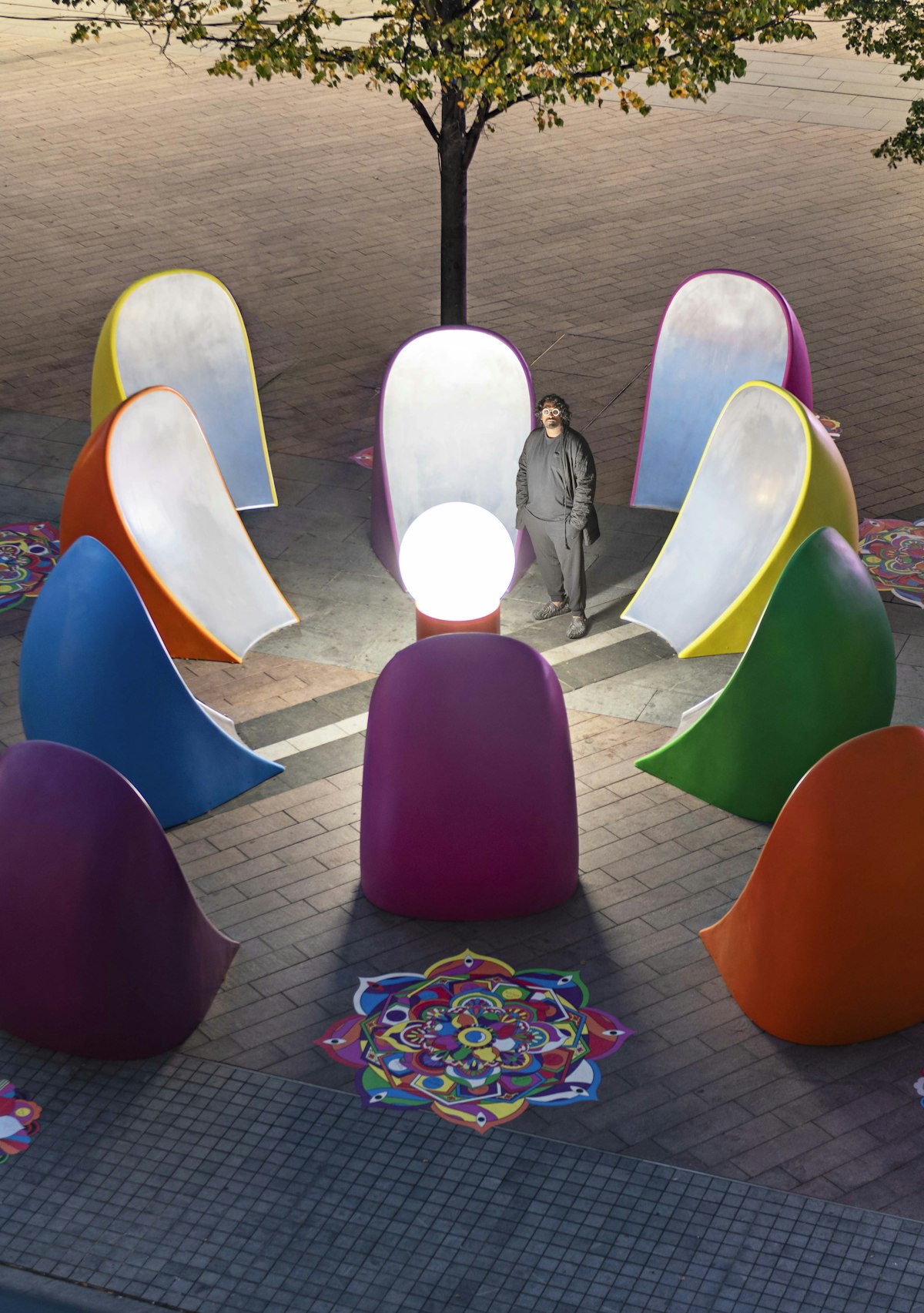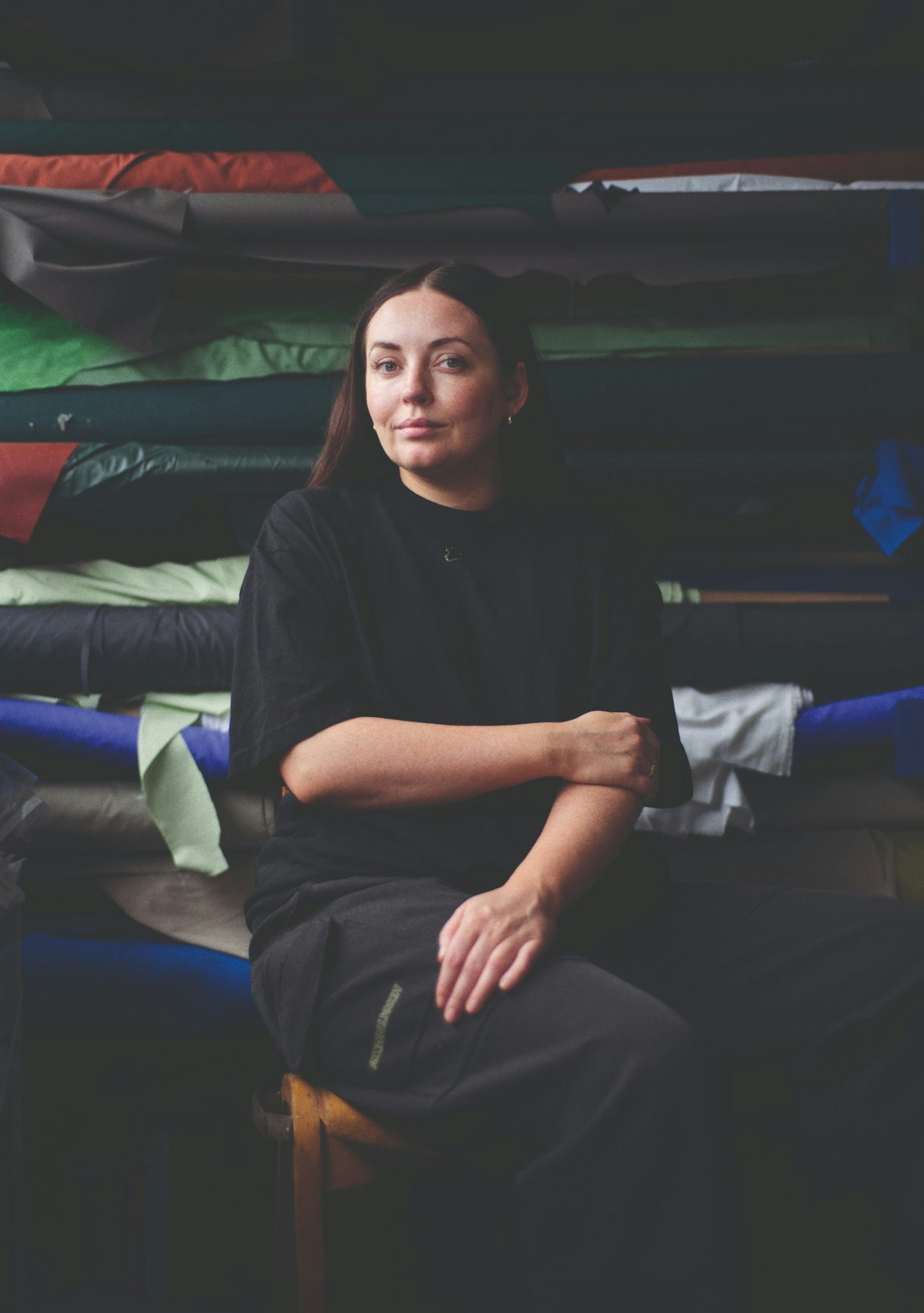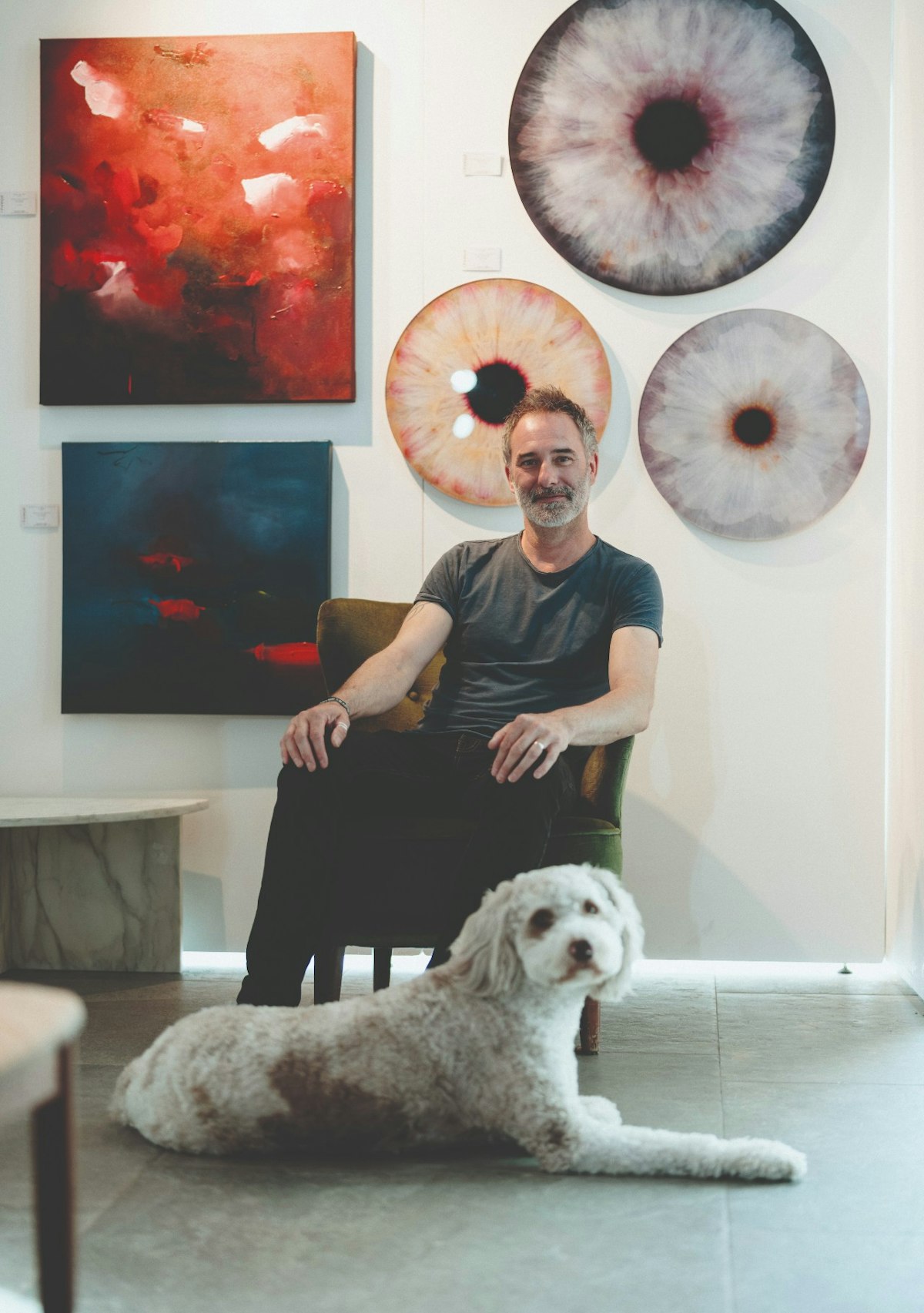
In Conversation with Marcus Jake by Jemima Burrill
Title: ‘The Tracks We Leave I & II'
Artist: Marcus Jake
Mixed Media: Acrylics, found objects, photography, resin on board
Made in Greenwich 2022
Although vastly different pieces of work, there is a dialogue and a deep sameness between both pieces of art installed in 6MP.
At its core, The Tracks We Leave I is about hope, it is about embracing change, it is about growth.
Made up of six boards, the initial focus is a statuesque figurative image in the centre. The pose is unusual, in the sense that it is a typically masculine pose, but with a female figure. It may take a number of visits to gain an understanding of the possible intentions. As always, some of this is up to the viewer; their connection may reveal something different from the artist’s intention, but isn’t that actually the point?
The artist’s intention for the artwork is to embody the experience that is felt when we are ready to accept change. That point where we have dropped our internal wall and dialogue of resistance, and become open, vulnerable and real.
Although much more planned than its sister piece, the development and creation of this artwork has fundamentally grown and changed, influenced by the people and environment of Greenwich Peninsula. Every visitor to the studio, every walk around the GP site, every change in the light, the sounds, the smells, the feel, the energy and vibrancy, all of these things and more are part of this piece of work.
All around the main image are a mixture of written messages and objects, some completely hidden within the layers and some partially seen. The overt and covert can exist together, and there is always more to discover if we embrace wonder and curiosity…
Also depicted in the piece are parts of the design of GP; this place is so unique and vibrant, it is a place that embraces change, growth and possibility. This artwork encompasses the values that make the growth and inclusivity of GP possible.
There is a fascinating element that often gets missed when creating works, particularly for office reception areas. For the most part, the same people are going to be walking past the work a number of times each day, every work day. How do you keep things interesting and fresh once the work is completed and installed? In this case, there are so many hidden parts; parts you need to spend time looking to reveal. Different lighting situations revealing previously hidden layers, so different points in the day can show a different part you have never seen before. The actual scale and the time it takes to be able to take in all the parts that make up the whole. These are pieces of work that have the potential to reveal new parts even years later.
The Tracks We Leave II, often referred to as the ‘abstract piece’, is made up of found objects from the peninsula, design briefs, architects’ drawings, and, just as significantly, it’s made from the energy, people and experiences of living and working on GP for the two months it has taken to create these pieces of art.
Like the peninsula itself, there are hidden parts to this piece; the intention being, it will take many deep visits to uncover all its secrets. It is an abstract representation of a tiny amount of what makes up the vibrancy and energy of Greenwich Peninsula.
There are certain elements that tie in the narrative of the artwork as whole. The different materials used being one of them. Resin, which represents the water, can be found in many parts of the piece. The triangle on the bottom board symbolises flow, a possible future. When light hits the copper leaf on the same board, it gives a warm glow, a sunset over the peninsula.
The eclectic nature of the Design District is represented by the combination of metals, concrete, plastic, leather, fabric. Most materials being found in the DD itself.
The flowers growing out of chains, beauty arising from structure, how nature will always persevere, a contradictory feel of nature growing out of something so industrial, it’s a call back to the past and a shout out to the future.
In the middle of the piece is the melting pot, wire frames holding plans together, holding the ingredients while showing the delicate nature of planning, like petals or oyster shells containing priceless imagination and dreams. This segment is also an important representation of how plans change, and how that change needs to be embraced. This is also a clear connection to its sister piece.
The top section of the piece is in part home to the foundations. It makes a nod to the original marshlands. There is this idea that underneath the buildings we see now on GP, there is a tightly-knit fabric of foundations enabling the creativity, beautiful structures and architecture to happen. It is the hidden element you would not normally see; the foundation is everything.
There are brightly-coloured, found-leather strips. These have been placed in a way that reminds us how important the views all around us on GP are, from the artist’s point of view. It particularly represents the skyline at night from Canary Wharf, reflecting in the Thames.
Dig deep into this piece, and there are messages everywhere, familiar pieces from things you may have been part of. There are also handwritten messages, some hidden forever, embedded into the layers of the work, some around the outside on the edge, very visible. The majority of these messages came from the group Catalyser from DD; 18-to-25 year olds, sharing their thoughts and hopes, a deeply applicable sentiment for both this area and this piece of work.
Listen to the full interview with Marcus Jake below.
To find out more about Marcus' work, visit his website here.
